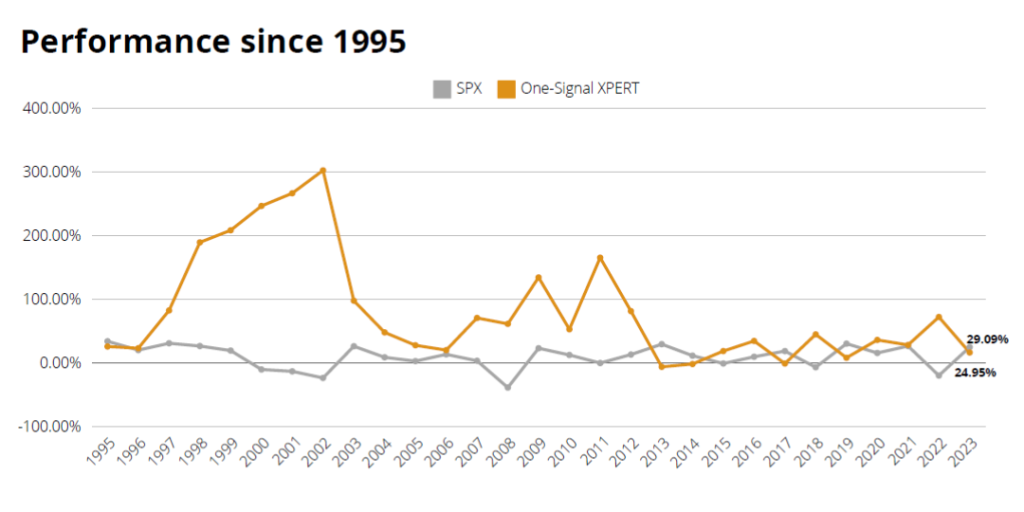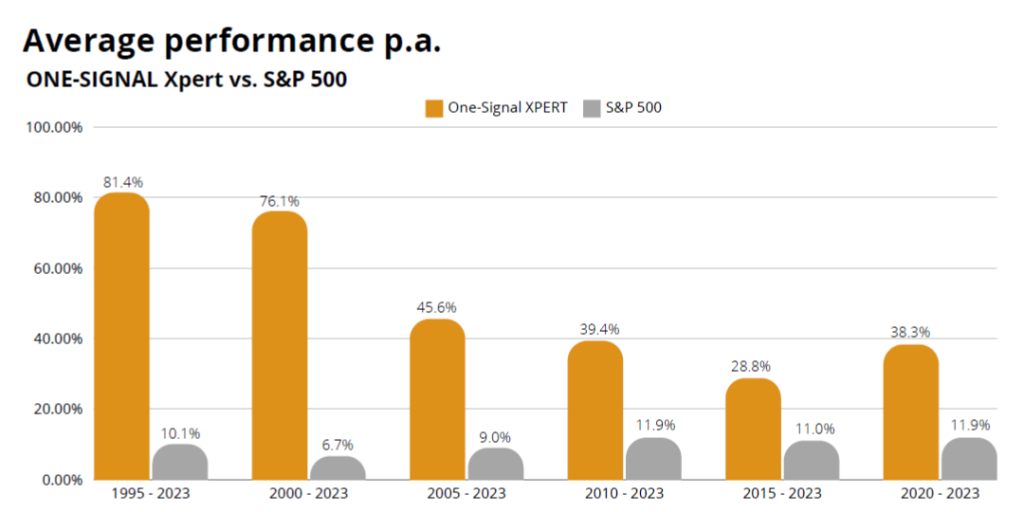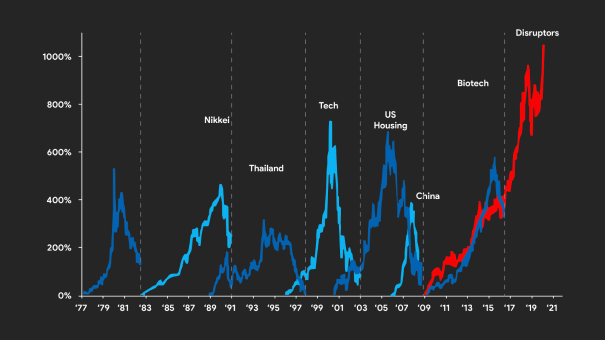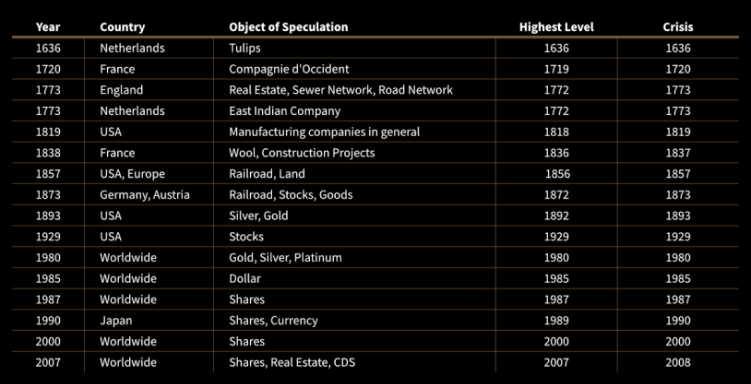CONTRARIAN INVESTING AND SENTIMENT INDICATORS
This can also be summed up correctly in the words of Warren Buffet: “Buy fear, sell greed.” The majority of value investors believe they are contrarian investors. They seek the intrinsic value in each stock. They buy when the market price is near the intrinsic value (best below it) and sell when the market price exceeds the intrinsic value. Some of them are looking for companies with favorable fundamental data, such as low P/E (price-to-earnings ratio), favorable P/B (price-to-book ratio), or companies with high dividend yields. The purpose is clear: to buy companies that have been neglected by the majority and wait until investors become aware of these stocks. Herd behavior arises when an increasing number of investors use this approach.
So what makes a real contrarian?
Being contrarian is more of a way of life than a strategy. It is more about independent thought than deviating from the majority. When herd behavior develops in the market, a contrarian would immediately ask the existential questions about the rationality of the trend. Contrarians are not necessarily outsiders, but they are brave enough to go it alone. However, they are also intelligent, attentive and flexible enough to know when the path taken is the wrong one. Sentiment indicators, unlike technical or fundamental indicators, reconcile the behavior of market participants (investors and speculators) with their actions in the market. Technical indicators only work once a balanced price prevails that considers demand and supply. They are inherently backward-looking and describe the behaviour of the masses in the past. The only meaningful use of technical indicators is the analysis and interpretation of past trends and using these indicators to project future ones. Fundamental analysis is a very different approach that analyzes companies using dozens of KPIs. Often the assumptions are not those prevailing in the market. Most notably, however, the share price of a given company can rise even if it is overvalued. Conversely, an undervalued stock may continue to fall if the market prefers a different industry or uses a divergent investment style. Fundament investors must be very patient, especially because the market tends to exaggerate and be irrational.
What are sentiment indicators?
Sentiment indicators quantify the future development of the market based on the behavior of market participants. In doing so, sentiment indicators provide a reliable picture of the psychology of the market.
What sentiment indicators are there?
There are a number of indicators that describe market psychology. Here are three: 1) Sentiment surveys (AAII/NAAIM) are usually held weekly, in which members of given organizations are asked about their current investments and expectations. 2) Volatility Index: This is a measure of fear and is usually calculated using the implicit volatility of the options on a respective index. Each major stock index has its own volatility index. The most famous of this family is the CBOE Volatility Index (VIX). 3) Put/Call Ratio shows the relationship between purchased puts and purchased calls, giving insights into the optimism or pessimism in the market.
Everyone has an opinion on market developments, but not all opinions can be translated into action. Thus, such opinions are not interesting to us. We are only interested in opinions that can be used to position one’s own capital in the market and not just as a declaration of intent. Since sentiment indicators only incorporate opinions of active investors and speculators, we rely exclusively on these indicators.








